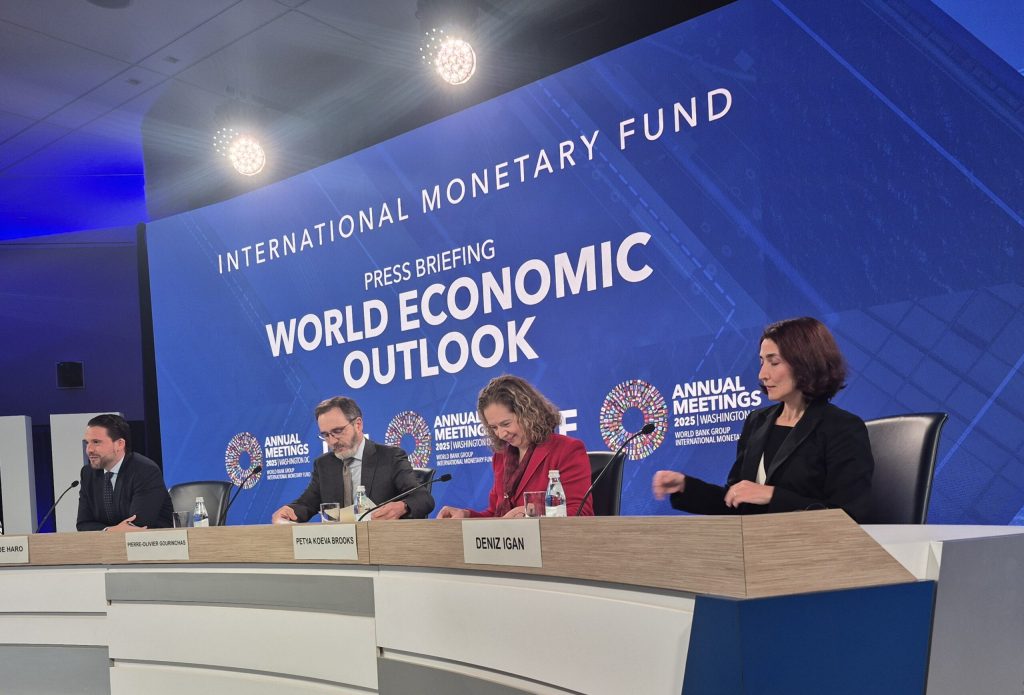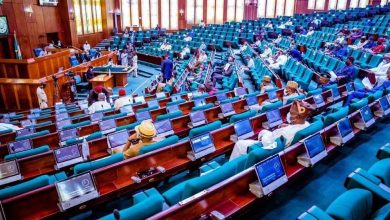IMF Raises Nigeria’s Growth Forecast to 3.9% in 2025, 4.1% in 2026
The IMF has raised Nigeria’s growth forecast to 3.9 percent in 2025 and 4.1 percent in 2026.
The Fund credited reforms, stable exchange rates, and improved investor confidence for the upgrade.
The International Monetary Fund (IMF) has revised upward its growth outlook for Nigeria, projecting the economy to expand by 3.9 percent in 2025 and 4.1 percent in 2026. The new forecast reflects growing optimism about the country’s strengthening macroeconomic fundamentals and the impact of recent domestic reforms.

The updated figures were contained in the IMF’s latest World Economic Outlook (WEO) report released during the IMF/World Bank Annual Meetings in Washington, D.C. According to the Fund, Nigeria’s improved trajectory is being driven by rising oil production, increased investor confidence, exchange rate stability, and ongoing fiscal and structural reforms.
In contrast, global growth is projected to ease from 3.3 percent in 2024 to 3.2 percent in 2025 and further to 3.1 percent in 2026, as trade restrictions and the fading effects of earlier policy supports begin to weigh on economic activity.
IMF Chief Economist Pierre-Olivier Gourinchas explained that Nigeria’s positive outlook is supported by local factors that set it apart from many other economies facing downward revisions.
“For Nigeria, we’re seeing stronger growth due to domestic improvements notably higher oil output, more confident investors, and a supportive fiscal stance heading into 2026,” he said. “The country’s relatively limited exposure to U.S. tariffs and a stable foreign reserve position have also helped strengthen its prospects.”
He added that Nigeria’s ongoing rebasing of its Gross Domestic Product (GDP) has further enhanced its macroeconomic profile.
Reacting to the IMF’s projections, Central Bank of Nigeria (CBN) Governor Olayemi Cardoso said reforms introduced under President Bola Tinubu’s administration had “significantly repositioned the economy,” building resilience against external shocks.
At the Intergovernmental Group of Twenty-Four (G-24) briefing, Cardoso stated: “We now operate a more competitive exchange rate system, with a positive trade balance expected to stay around six percent of GDP. The shift from import dependence to domestic production and export expansion marks a new phase of growth for Nigeria.”
He also noted that ongoing fiscal and monetary reforms have bolstered economic stability while reducing exposure to global tariff and trade disruptions.
The WEO further highlighted global economic patterns, predicting that emerging and developing markets would maintain growth above four percent, while advanced economies would linger around 1.5 percent. Inflation is expected to continue its downward trend, though risks from protectionist policies, geopolitical conflicts, and labour market constraints remain.
The Fund advised governments to sustain credible and transparent fiscal measures, rebuild financial buffers, and ensure central bank independence. It warned that short-term policy tactics like trade rerouting or diversion could hinder long-term productivity.
“The global economy remains resilient despite trade tensions, but the effects of shifting trade policies are becoming clearer,” the report cautioned. “Inefficient allocation of resources and technological fragmentation could limit growth in coming years.”
IMF Deputy Research Director Petya Koeva Brooks noted that Sub-Saharan Africa’s growth will hold steady at 4.1 percent in 2025 before rising slightly to 4.4 percent in 2026, describing Nigeria’s revised forecast as one of the region’s most encouraging signs.



